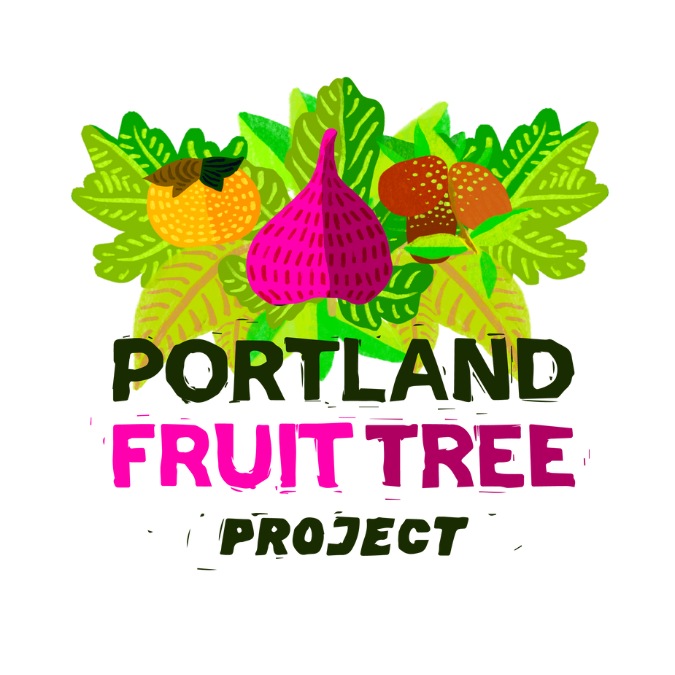Spring Integrated Pest Management: Thinning Your Fruit + Bags
did you know that thinning your fruit results in bigger fruit, more fruit, less disease, and protects next year’s harvest?
That’s right - this one simple act can make a huge difference in tree health AND fruit quality and yield.
Why Do We Thin Fruit Trees?
Improves fruit size and quality by reducing competition.
Prevents branch breakage from excessive weight.
Enhances air circulation and sunlight exposure, reducing disease and pest issues.
Encourages consistent fruit production year after year.
When to Thin?
Best done in late spring to early summer, when fruits are about the size of a dime to a quarter. Typically in the first 20 days after petals fall.
Apples and pears should be thinned as early as possible to prevent excessive fruit drop later. This helps the tree retain the energy to develop the fruit that remains and for bud development the following year.
Stone fruit (plums, peaches, etc.) naturally drop fruit in June to lighten the crop load. Leave a little more fruit than you want for the final crop to see what fruit the tree intends to drop for you in June.
How to Thin?
Look for the Best Fruit – Keep the healthiest, largest, and best-shaped fruit.
Remove Crowded Fruits – Leave about 4–6 inches between remaining fruits.
Prioritize Weak or Damaged Fruit – Remove small, misshapen, or insect-damaged fruit first.
Use Proper Technique – Gently twist the fruit off or use sanitized pruners to avoid damaging the tree.
Special Considerations by Tree Type
Apples & Pears: Thin to one fruit per cluster, leaving the largest one.
Plums: Space remaining fruit about 4 inches apart.
Safety & Best Practices
Use clean, sanitized tools to prevent spreading disease.
Work carefully to avoid damaging fruit spurs or branches.
Bagging and trunk banding
The thinning is done - what else can we do to increase our chances for a great harvest and reduce the number of pests in our shared urban orchard? Let’s talk about bagging and banding!
Thanks to the help of a community scientist, we are confident in sharing this accessible and effective way to protect that fruit that remains after thinning. Simple small paper bags, tied with twist ties, around the stems. Fruit will grow inside the bags, coddling moth and other pests can’t get at it as easily (we see you birds and squirrels), and it’s easy material to come by. Take the bags off about two weeks before harvesting for red fruit. The bags will limit the sun’s ability to turn fruit to it’s final color. If you don’t care about color, you can leave the bags right up to harvest time.
Trunk banding is our other recommendation.
Trunk Banding. Trunk banding involves purposefully providing areas for pupation, so that the insects can later be destroyed. Bands can be created by cutting strips of corrugated cardboard 2-6 inches wide and long enough to wrap around a branch. (Burlap, tied to the trunk, may also be used as a band.) Place the cardboard bands around branches at points where there is a transition from smooth to rough bark. Place the corrugated face of band around branch and staple or tie. As the codling moth larvae leave apples, they will crawl down the branch and move into the corrugated openings as a site for pupation. If there is loose bark on the fruit trees that can provide alternate places for pupation the bark flaps should be removed.
During the growing season bands should be checked frequently (every week or two), during periods that coincide with the end of a generation, the time when the full-grown larvae are moving to pupation sites. The larvae can be killed by crushing or removing and replacing bands. Larvae that are overwintering within the band can be removed any time after apples have been removed from the tree and before the emergence of adults the following spring.
Need help sourcing supplies? You can get them from us here. You can also opt into our text service to walk you through when to do all of this, since it can be easy to get confused!
